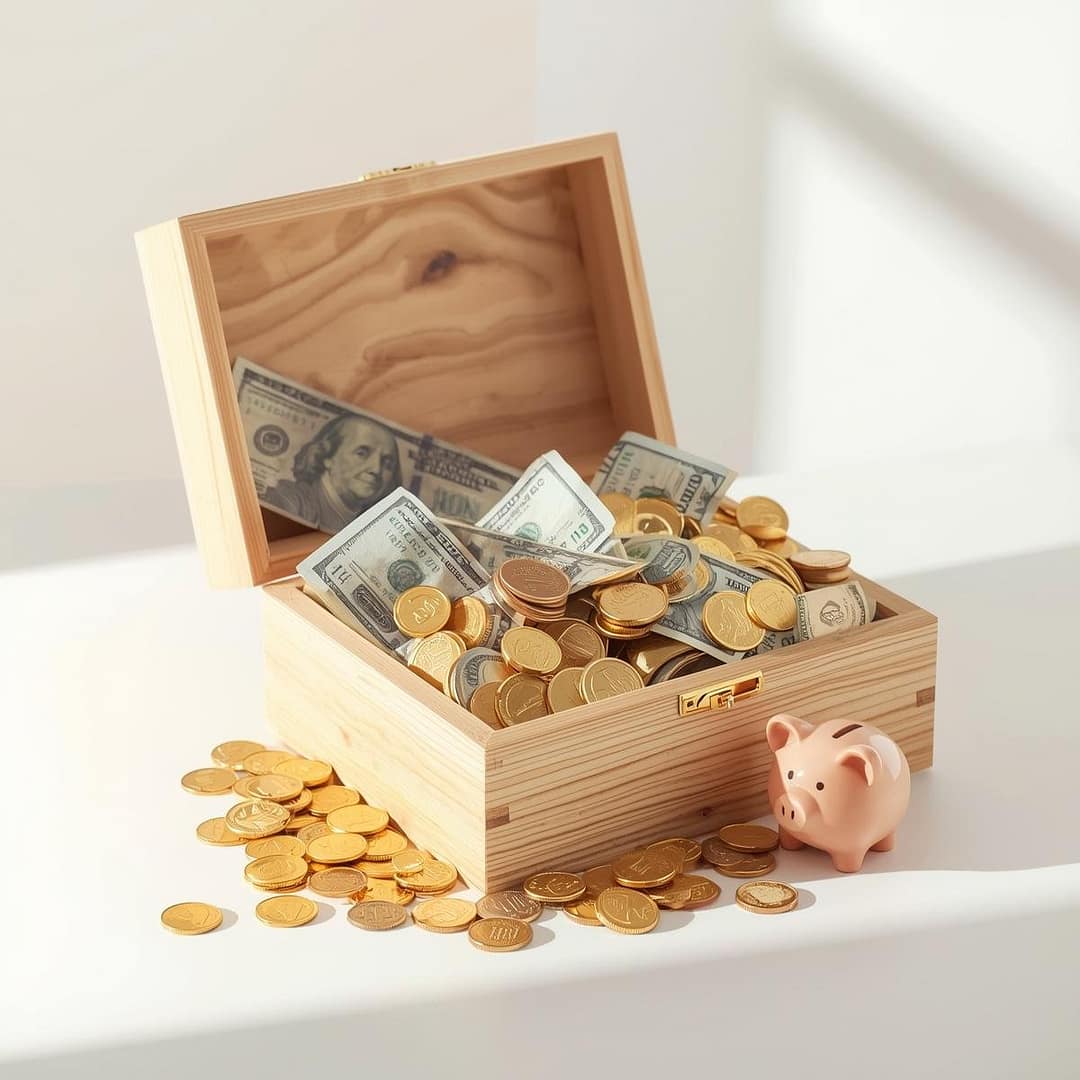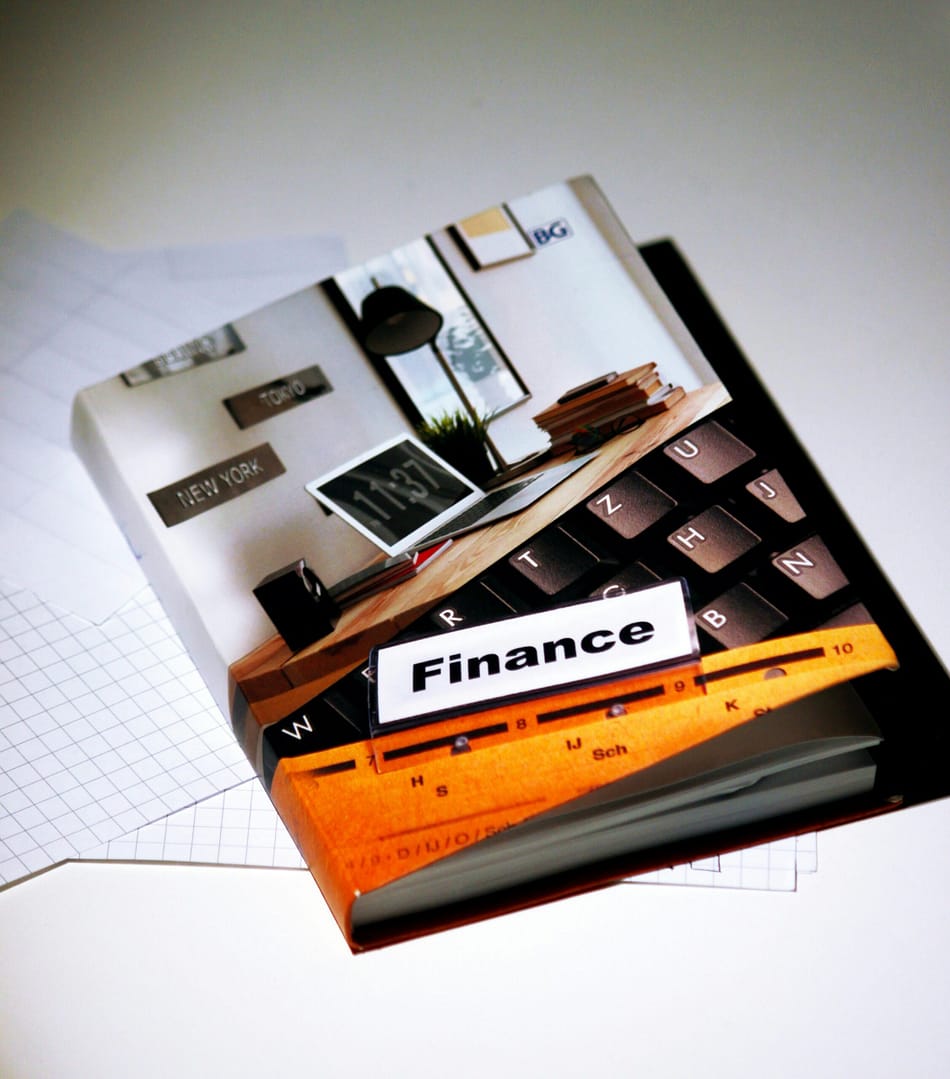In today’s fast-paced digital world, money often feels intangible. We swipe cards, tap phones, and transfer funds without ever touching cash. While technology makes managing finances more convenient, it also makes it easy to lose track of how we spend and save. That’s why traditional methods, like the money saving box, are making a comeback.
Simple, affordable, and surprisingly effective, a money saving box can help both adults and children develop lasting financial discipline. In this guide, we’ll explore everything you need to know: what it is, why it works, different types, how to use it effectively, and tips for maximizing your savings.
By the end of this article, you’ll see why the humble money saving box remains one of the most powerful tools for achieving financial goals—no matter how advanced our technology becomes.
What Is a Money Saving Box?
A money saving box is a physical container designed to hold coins, bills, or both. Its primary purpose is to encourage people to save money in a tangible, visible way.
Traditionally, the most common type was the piggy bank—a ceramic or plastic pig with a slot at the top. Today, however, money saving boxes have evolved into countless forms: lockable metal boxes, transparent jars, digital counting banks, and even electronic versions with fun designs for kids.
But the essence remains the same: it’s a dedicated space for savings, separate from your wallet or bank account, where money accumulates over time.
Why Use a Money Saving Box in the Digital Age?
You might wonder, “Why bother with a money saving box when I can just transfer funds to my savings account?” The answer lies in psychology and behavior.
1. It Makes Saving Visible
With digital banking, your savings are just numbers on a screen. A money saving box allows you to see and feel your money grow, creating a stronger emotional connection and sense of achievement.
2. Builds Discipline
The simple act of dropping coins or bills into your box every day becomes a ritual. Over time, this habit strengthens your financial discipline, much like daily exercise strengthens your body.
3. Great for Children
Children often struggle to understand digital money. A money saving box provides a hands-on lesson in delayed gratification, budgeting, and financial responsibility.
4. Encourages Goal-Oriented Saving
When you dedicate a box to a specific goal—like a vacation fund, emergency stash, or holiday shopping—you’re more likely to stay motivated and stick to it.
5. Provides Stability During Uncertain Times
In emergencies where digital access is limited (like outages or travel abroad), having cash reserves in a money saving box can be a lifesaver.
A Brief History of the Money Saving Box
The concept of saving boxes is centuries old. The earliest known versions date back to ancient Greece and China, where clay or ceramic containers were used to store coins.
The famous “piggy bank” originated in medieval Europe. People would store money in clay jars made of a material called “pygg.” Over time, potters began shaping these jars like pigs, giving rise to the term piggy bank.
Today, the tradition lives on, with modern twists like electronic counting machines, themed saving jars, and even smart money boxes that connect to mobile apps.
Types of Money Saving Boxes
Not all money saving boxes are created equal. Choosing the right type depends on your goals, lifestyle, and preferences. Here are the most popular options:
1. Traditional Piggy Banks

- Classic ceramic or plastic designs shaped like pigs or animals.
- Often sealed and require breaking or opening a stopper to access savings.
- Great for kids and nostalgic adults.
2. Lockable Cash Boxes

- Sturdy metal or wooden boxes with locks.
- Perfect for adults who want extra security.
- Useful for storing both cash and important documents.
3. Transparent Saving Jars

- Clear containers that let you see progress.
- Simple, affordable, and motivating.
- Ideal for visual learners who like to track growth.
4. Digital Coin Counting Boxes

- Equipped with a digital counter that tracks every deposit.
- Helps you know exactly how much you’ve saved without opening the box.
- Fun for kids and tech-savvy users.
5. DIY Saving Boxes

- Mason jars, shoeboxes, or any container repurposed into a saving box.
- Customizable with labels, decorations, or inspirational quotes.
- Affordable and creative option for all ages.
6. Novelty Money Boxes

- Fun, themed designs (like ATMs, safes, or toys).
- Often include interactive features like sounds or animations.
- Great gift ideas for children or collectors.
How to Use a Money Saving Box Effectively
Buying a money saving box is the first step. The real magic comes from how you use it. Here are proven strategies:
1. Set a Goal
Decide what you’re saving for:
- Short-term: new gadget, birthday gift, or holiday shopping.
- Long-term: emergency fund, travel, or education expenses.
Label your box with the goal to stay motivated.
2. Start Small but Stay Consistent
Even saving as little as $1 a day can add up. Consistency matters more than the amount.
3. Create a Routine
Drop coins or bills into the box at the same time every day (e.g., after coming home from work). Routines make habits stick.
4. Use the “Spare Change Rule”
Whenever you come home with coins or small bills, put them directly into your money saving box instead of your wallet.
5. Avoid Temptation
Choose a box that’s not too easy to open. Out of sight, out of mind helps prevent impulsive withdrawals.
6. Celebrate Milestones
Count your savings after a set period—monthly or quarterly. Celebrate progress to keep the momentum going.
Creative Money Saving Box Challenges
Want to make saving more exciting? Try these challenges:
- 52-Week Challenge
Save $1 in week 1, $2 in week 2, and so on. By week 52, you’ll have saved $1,378. - No-Spend Day Challenge
Every day you don’t spend money on non-essentials, deposit a fixed amount (e.g., $5) into your box. - Round-Up Rule
Whenever you spend money, round up to the nearest $5 or $10, and save the difference in your box. - Color-Coded Bill Challenge
Pick a bill denomination (like $5 bills) and save every one you come across.
Money Saving Boxes for Kids
For children, money saving boxes are more than just containers—they’re learning tools. Parents can use them to teach:
- Delayed Gratification: Waiting to buy something until the box is full.
- Basic Math Skills: Counting coins and bills.
- Goal Setting: Saving for toys, games, or gifts.
- Generosity: Having multiple boxes labeled “Save,” “Spend,” and “Give.”
Interactive designs (like ATM-style boxes or ones with characters) can make saving fun and engaging.
Money Saving Boxes for Adults
Adults can also benefit greatly:
- Emergency Fund: Keep cash reserves separate from your digital accounts.
- Vacation Jar: Build excitement by watching savings grow toward a trip.
- Debt-Free Challenge: Use a box to stash extra payments toward loans.
- Mindful Spending: Physically separating money creates more awareness about financial decisions.
Pros and Cons of Using a Money Saving Box
✅ Pros
- Builds discipline and habit.
- Provides visual and emotional motivation.
- Great teaching tool for kids.
- Affordable and easy to start.
- Doesn’t require apps, internet, or banking access.
❌ Cons
- No interest or financial growth like savings accounts.
- Risk of theft if not secure.
- Limited capacity for large savings goals.
- Temptation to dip in early.
Combining a Money Saving Box with Digital Tools
For maximum results, you can blend tradition with technology:
- Use a money saving box for short-term, fun goals (e.g., vacations, gadgets).
- Use digital savings accounts for long-term financial growth (e.g., investments, retirement).
- Track your deposits in an expense app to monitor progress digitally.
This hybrid method offers the best of both worlds—habit building and financial returns.
Choosing the Right Money Saving Box for You
When shopping for one, consider:
- Size: Small for daily coin savings, large for longer-term goals.
- Security: Lockable or sealed boxes if you’re tempted to dip in early.
- Material: Metal, ceramic, wood, or plastic depending on durability needs.
- Style: Fun, minimalistic, or tech-enhanced depending on your personality.
Final Thoughts
A money saving box may be simple, but its impact is profound. It’s not just about the money inside—it’s about the habits, discipline, and mindset you develop along the way.
Whether you’re teaching children about the value of saving, challenging yourself to stick to a goal, or simply craving a tangible way to manage cash, a money saving box is a timeless tool that works.
In a world of endless apps and digital distractions, sometimes the old-school methods are the most effective. Start small, stay consistent, and let your money saving box guide you toward financial freedom—one coin at a time.
Get template to help you manage Budgeting & savings here


